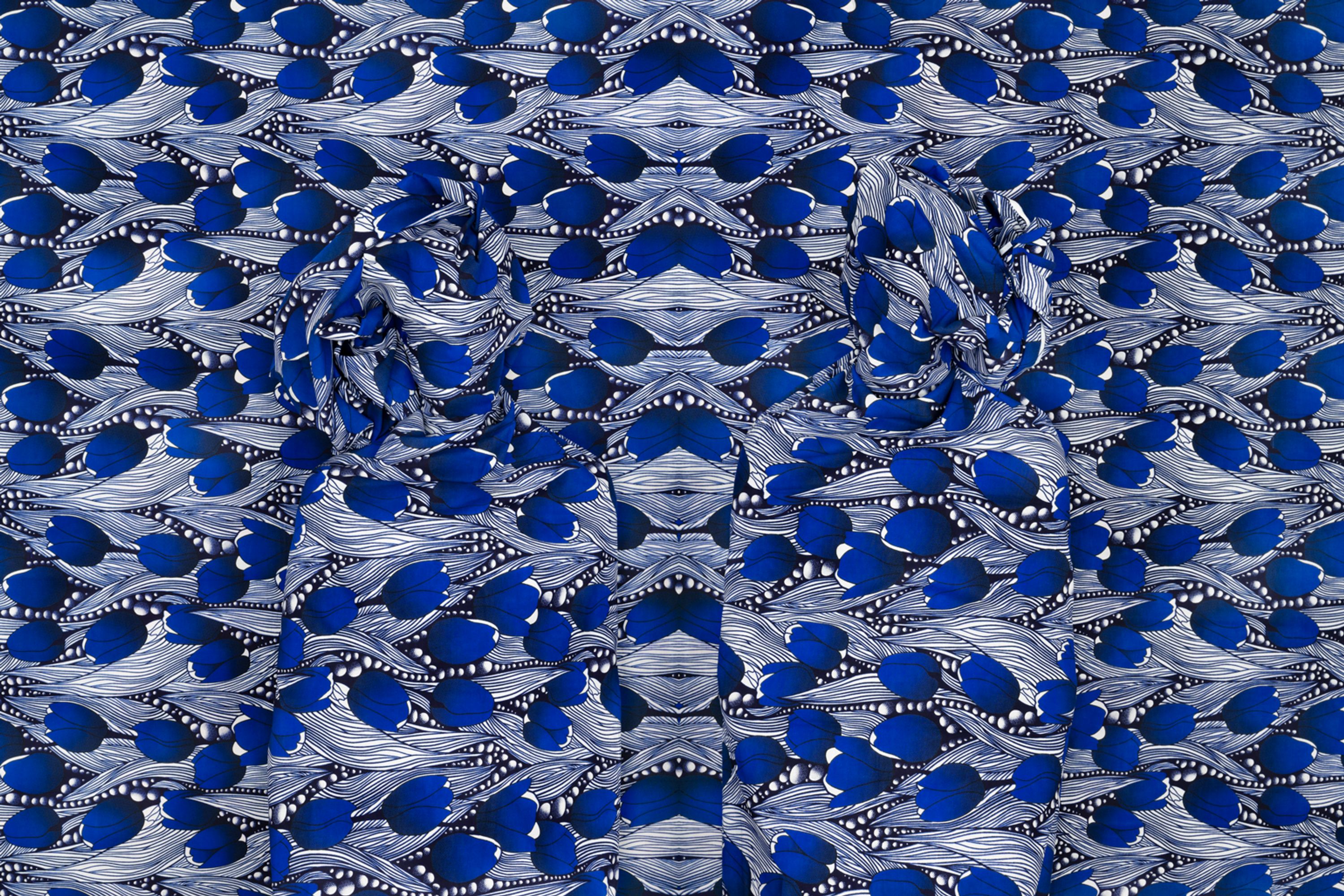GLITZCHPhoto Series
20249 works
Tandem, 2024
GLITZCH (2024-25) includes nine works: Nautilus, Petrichor, Echo, Glitzch, Surge, Deluge, Mis-, -hap, and Tandem. The titles of these images refer to the natural world, digital space, or some combination of both; each piece incorporates an organic element—a shell, or flower—as well as an imperfection of print.
The word “glitch” is described as a sudden surge of current, a malfunction, or an unexpected behavior in a system. The addition of the “z” in the series’ title is not etymological; it is deliberate. A glitch is something to be corrected, a detour, the end of the road…yet also has the potential to be a point of multiple departures. Consider the “error” as a moment that requires radical forms of meaning and revolutionary thinking, opening pathways to more expansive currents of existence.
GLITZCH straddles our binary habitats; the organic world from which we have evolved and is our source of sustenance—air, water, flora, fauna—and the cyberworld where we spend ever-increasing amounts of time.
In our digital existence, aren’t we all veiled or reinvented in some way? Our self-avatarization inherently removes us from the natural world, with its sensorial experiences and temptations, toward another realm, patterned by algorithms. There is a sense of grief in this transition, a mourning for what is lost—the ability to concentrate, to share a meal or watch the sun set without a public airing of our intimacy. Our clouds are filled with images that are no longer a moment in time, but a timestamp.
Vocabulary shifts occur as words acquire new associations: shutting down, tuning out. Or flow, surge, deluge. Electricity and data move directionally, like water, and yet water is their natural enemy! Imagine the moment of perceived grief when the phone falls into water, the sense of irretrievable loss. Such a thing would be inimaginable to our ancestors. Rather than trailing our fingers through water, touching the earth or the petals of a flower, we swipe left and right.
Be that as it may, we have long since reached the point of no return. We share an organic experience and require its properties for the survival of our organisms and ecosystems—for who we are and what we require to exist—while simultaneously existing as our digital selves: immortal, requiring neither rest nor sustenance. It’s beautiful that we have it, it’s sad that we lost it.
The images of GLITZCH are created using five motifs—in primary colors of blue, yellow, and red—of Dutch Wax print, all sourced from Dakar and Atlanta. Here the characters (also known as -cludes) are wrapped in two or three fabrics that interact with each other, both within the photograph and within an upholstered frame. Between form and pattern, Ali explores the tension between the physical body and the externalized representational image.
Three of the works’ titles remind us of what is precious in our earthbound connection: Echo, the sound of reverberation; Petrichor, the rapturous after-scent of rain on stone, and Nautilus, the ancient sea creature known as a logarithmic spiral, or symbol of mathematical perfection—the golden ratio. These three works remind us of the sensorial experience of being human. Other titles offer the ambiguity of dual existence, while the largest image of the series, Tandem, bears witness to the meeting of both worlds. Here are two -cludes within the same image, one the avatar of the other, strange cousins, mirror images of each other. The frame structure lends itself to the illusion of a mirror image; upon close inspection we realize that there are two distinct individuals. Have we cloned ourselves to exist in both planes, or have we separated from ourselves to enter one or the other? Must we sacrifice the world of the senses to enter the world of digital connection?

